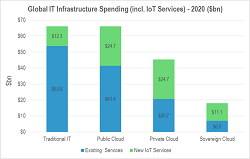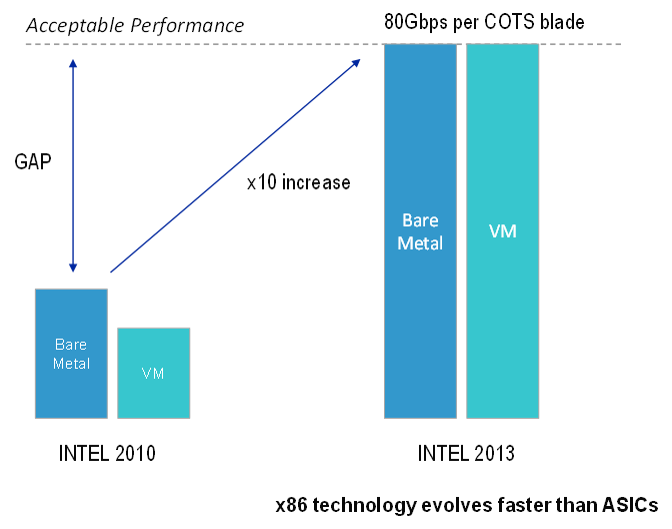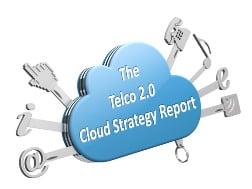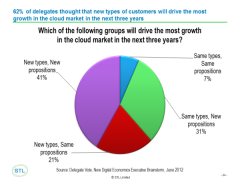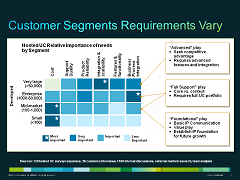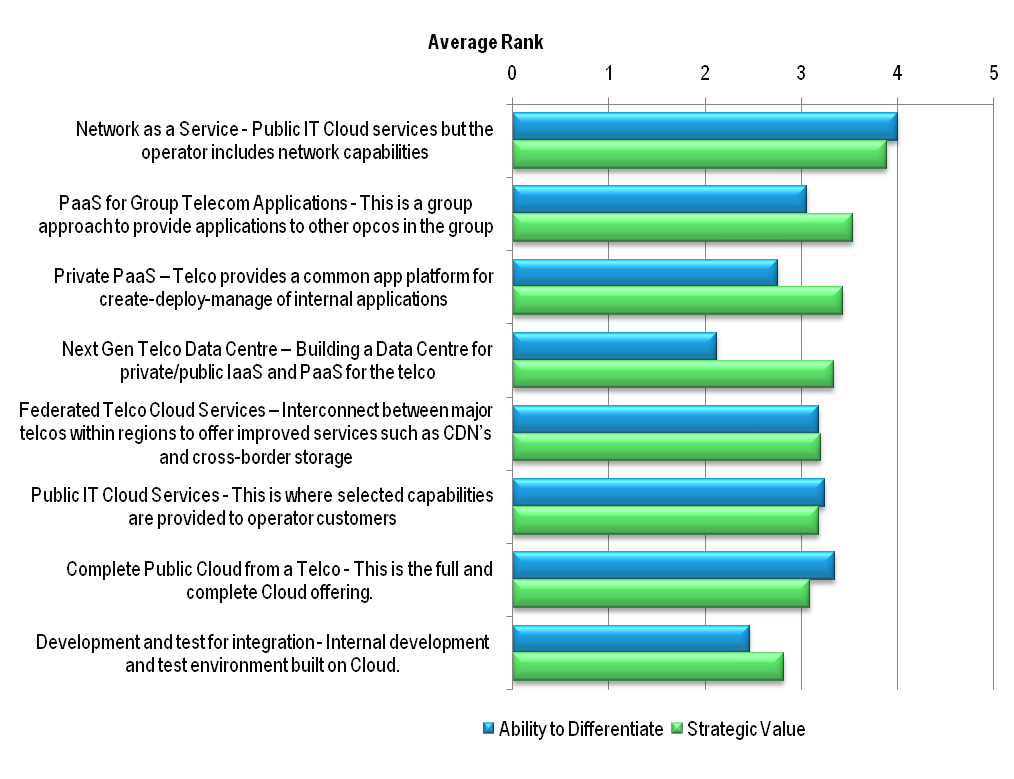
Finding growth by understanding SMB needs
Recent pressure on telecoms spending from larger enterprises has led telcos to put more focus on the fast-growing and dynamic small and medium business segment, but telcos need to properly understand how best to service this segment if their efforts are to bear fruit.






